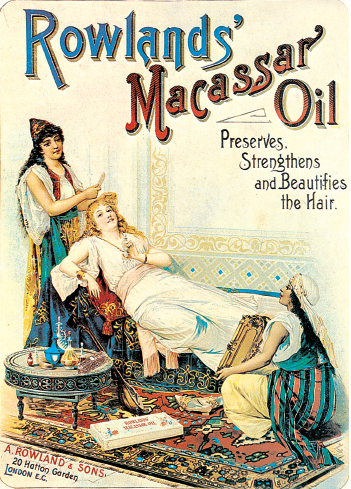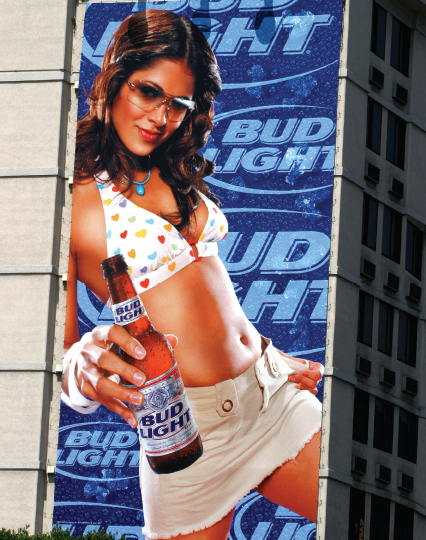Case Study
CASE STUDY
Idiots and Objects: Stereotyping in Advertising
Over the years, critics and consumers alike have complained about stereotyping in mainstream advertising. Stereotyping refers to the process of assigning people to abstract groups, whose members are assumed to act as a single entity—rather than as individuals with distinct identities—and to display shared characteristics, which often have negative connotations.
Today, particularly in beer ads, men are often stereotyped as inept or stupid, incapable of negotiating a routine day or a normal conversation unless fortified—or dulled—by the heroic product. Throughout advertising history, men have often been portrayed as doofuses and idiots when confronted by ordinary food items or a simple household appliance.

In contrast, in the early history of product ads on television, women were often stereotyped as naïve or emotional, needing the experienced voice of a rational male narrator to guide them around their own homes. Ads have also stereotyped women as brainless or helpless or offered them as a man’s reward for drinking a particular beer, wearing cool jeans, or smoking the right cigarette. Worst of all, women, or even parts of women—with their heads cut from the frame—have been used as merely objects, associated with a particular product (e.g., a swimsuit model holding a new car muffler or wrapped around a bottle of Scotch). Influenced by the women’s movement and critiques of advertising culture, such as Betty Friedan’s The Feminine Mystique (1963), ads depicting women have changed. Although many sexist stereotypes still persist in advertising, women today are portrayed in a variety of social roles.
In addition to ads that have stereotyped men and women, there is invisible stereotyping. This occurs when whole segments of the population are ignored—particularly African, Arab, Asian, Latin, and Native American. Advertising—especially in its early history—has often faced criticism that many segments of the varied and multicultural U.S. population have been missing or underrepresented in the ads and images that have dominated the landscape. In the last several years, however, conscious of how diverse the United States has become, many companies have been doing a better job of representing various cultures in their product ads. 
